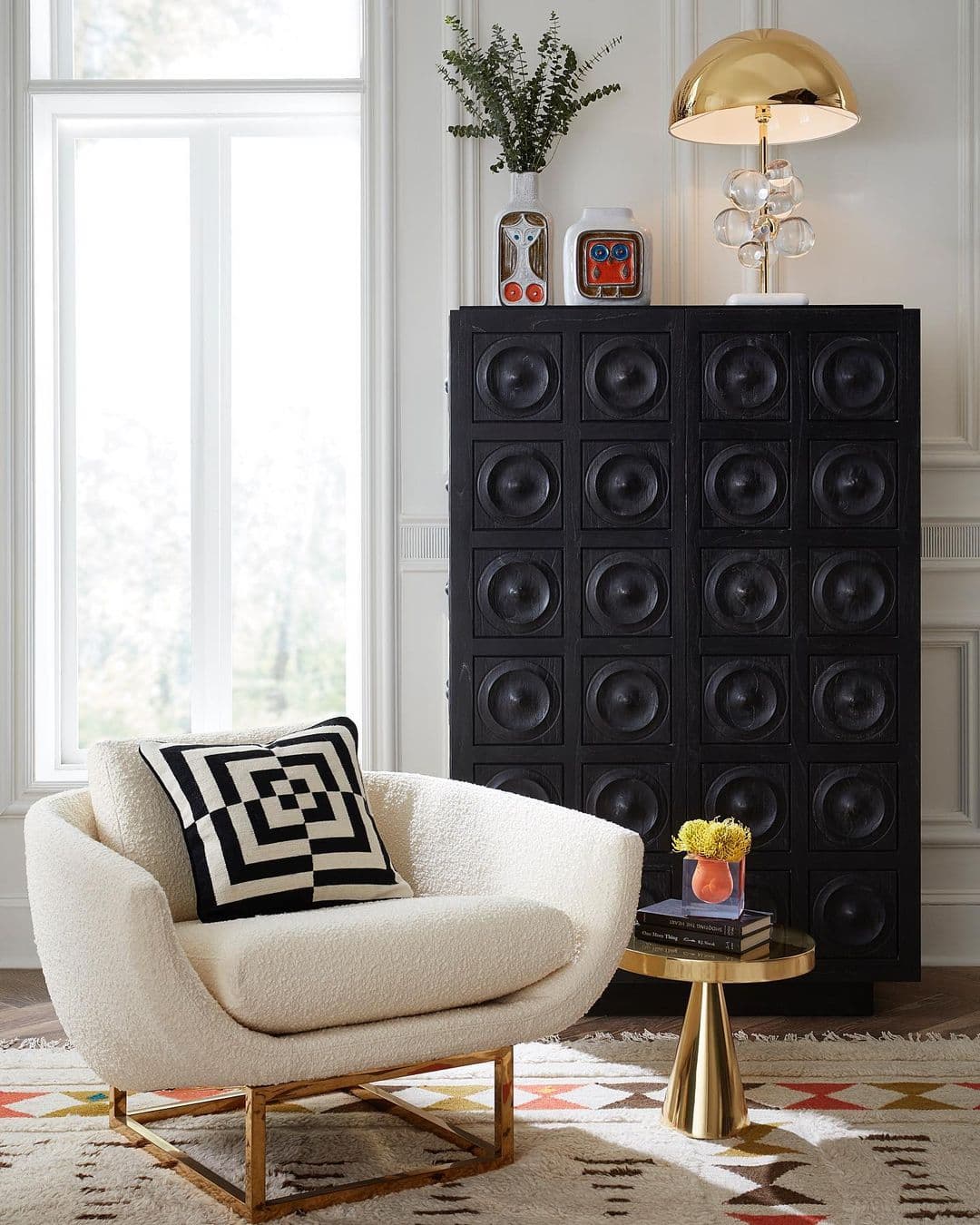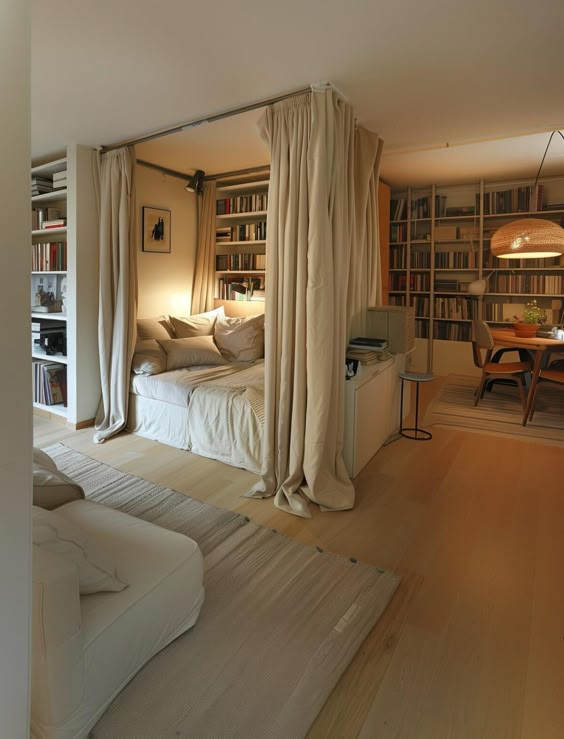Designing Your Dream Kitchen? 5 Things You Need To Know
A guide on common mistakes made when investing in a new kitchen, and what can be done about it.

The sway towards minimalism has risen in popularity over recent years. The sleek, clean design has shaped the modern aesthetic of interior design and is all encompassing when you look at the modern-day cityscapes of new buildings and the inner city apartment interiors. And yet, despite its popularity, many of us are wanting to make a few tweaks to the trend because, well… it’s starting to lose a bit of character.
There have been plenty of tell-tell signs that we’re looking back for our ideas. Retro decor, nature-inspired rattan interiors, Boucle fabrics, terrazzo tiles and speckled accents have proven to be amongst the biggest interiors trends of 2021; if ever we needed proof that trends are and always will be, cyclical. Playing around with textures and patterns paved the way for experimenting with shapes, whereby curved furniture made its debut and softened the typically sharp edges of mid century modern design.

The ’70s and ’80s era are well known for their maximalist aesthetic, filled with wavy and modular forms bringing an energetic and playful look into our homes. Spacious in their design some would argue much of furniture to be rather ugly, but GQ Editor Sam Reiss articulated it beautifully, ‘simple can mean big, and big doesn’t have to mean simple. Outside, life is hard and full of sharp edges‘ to which he goes on to say curvy, ‘ugly’ furniture can be the antidote to show that the home doesn’t have to be.
Today, curved furniture has found the happy medium between glitz and glam with modern interiors, and let me tell you, I’m here for it. The look of the ’80s is a trend that can effortlessly bring character into a home; from daring to playful to natural and calm.
While curves work well in most styles, the most obvious match would be mid century modern where its roots first began. That said, Japandi inspired interiors would welcome curves to heighten the natural and calming flow of the influential trend, merging Scandinavian interiors with Japanese philosophies.
Whether you’re ready to go all-in on the curves or yet to be convinced, there are plenty of ways to bring those wavy features into your living room that scream luxe, modernity, and comfort.

The curved sofa is synonymous with ’80s couture and has been crowned as the buyer’s favourite. The curved lines of a sofa are as much as a piece of art as they are a feature in design to spark conversation with the person next to you, or on the other end. They later adopted the name of ‘conversational sofas’, for how they encourage socialising and conversation while not having to bend around, twist and turn, to look at other people on the sofa. Who would have guessed problem-solution design could look so luxurious.
Now, it’s worth keeping in mind how to style a curved sofa, and seating in general. A curved sofa or armchair is in and of itself a statement, meaning if you opt for one I’d suggest staying away from any other ’statement piece’ in the living room. Let the curves do all the talking.
When it comes to creating a harmonious look I’d recommend staying with the curves. In keeping with the retro vibe, and the ebbs and flows of wavy lines, a rounded or misshapen coffee table fits perfectly into the airy design of a curved sofa.
Particularly when you’re styling a living room with a curved sofa, a square coffee table isn’t going to cut it and will likely disturb the flow of the spaciousness that a curved sofa has to offer. That said if you’re opting for a corner sofa, a rounded coffee table can offset the straight lines and create a sophisticated space with its sculptural design taking center stage.
Having a mixture of rounded shapes and curved features in the living room can add a playful touch, and softened the sharp edges of modern design. Adding curved lighting can being a plush Parisian vibe that lends itself perfectly to creating a glamorous, and yet functional space.

A curved pendant can work as the centerpiece, or you can opt for a circular lamp as a subtle feature placed on top of a side table. What I particularly love about the ’80s is the vast amount of materials used to create a specific look at feel, you only have to look at rattan to get a feel for the Bohemian influence or glass to achieve the infamous Art Deco look.
Designers of the ’80s loved decorative features that added personality into a room through odd shapes and bold colours. It was less about how many ornaments and vases you had inside your home, and rather how ornaments could be used to introduce a range of shapes, materials, and colour that inspired the ’80s eclectic spirit.
From literal designs inspired by Palm Springs to experimental pieces that are open to your own interpretation, more and more retailers are beginning to show off their contemporary and artistic side with the wide range of decorative ornaments you can now buy for your home. I just love to see it.
To create a sense of continuity in the living room, colour blocking can be the perfect remedy to brightening up the space, particularly when you’re working with a boxed generic room that you’d typically find in a new build. As is often found, depending on the shade of colour used will depend on the vibe of a room.

Vibrant colours are better placed when used to contrast cream and neutral textures often found on upholstered curved furniture using boucle fabrics. By applying pops of colour such Mulberry Burst to arches or circles on the wall would make a gorgeous statement. Alternatively, you can scout out curved furniture that comes in bolder colours such as vibrant tangerine, dusty pink, and ocean blue and in that case going for a neutral wall is advised, using shades such as No. 105 Kelmscott or No.906 Smock.
Photo credits: 1-2. The Design Files 3-4. Jonathan Adler 6. Charles Zana

A guide on common mistakes made when investing in a new kitchen, and what can be done about it.

Easily assembled and are designed to fit in pretty much any size space; big or small. Now, let's talk benefits.

When it comes to home organisation, the old adage "a place for everything and everything in its place" still applies, but in practice we often struggle to find anything.